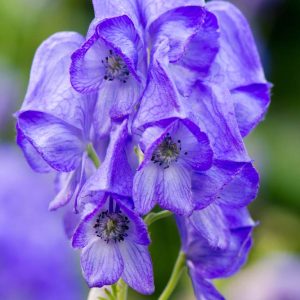Description
Carex – Sedge –
There are over 1500 species of deciduous and evergreen, rhizomatous, clump forming or tufted perennials, in this genus. They occur from temperate and arctic zones, as well as high altitudes in tropical regions, mostly in the Northern Hemisphere. Most species occur, in bog, moorland, or damp woodland, or by water. Sedges are grown for their variegated or colorful foliage, although some species have attractive catkin-like spikes. The general grass like leaves are usually sharp edged, linear, 3 ranked, and with leaf bases sheathing the triangular stems, which are solid and without nodes. Sedges are mainly monoecious, occasionally dioecious, and bear panicles of small, grass like flowers in short spikes. There are sedges for every site in the garden.
Grow in Most soils in sun or partial shade. Avoid extreme of wet or dry
In summer, cut out any dead leaves on evergreen species. Divide between mid spring and early summer.
Prone to rusts, smuts, fungal leaf spots, and aphids.
C. comas – New England Hair Sedge – New Zealand Hair Sedge – This densely tufted, evergreen perennial from New Zealand occurring in diverse habitats grows 10-14″ tall and 30″ wide. It produces tufts of very fine pale yellow-green, pale gray, or reddish brown leaves, 10″ or more long. In mid and late summer it bears inconspicuous brown flowers spikes, 1/4-1″ long, are held atop of stems to 10″ long that arch to the ground. Variants with warm brown foliage have been selected.
Zones 6-9





